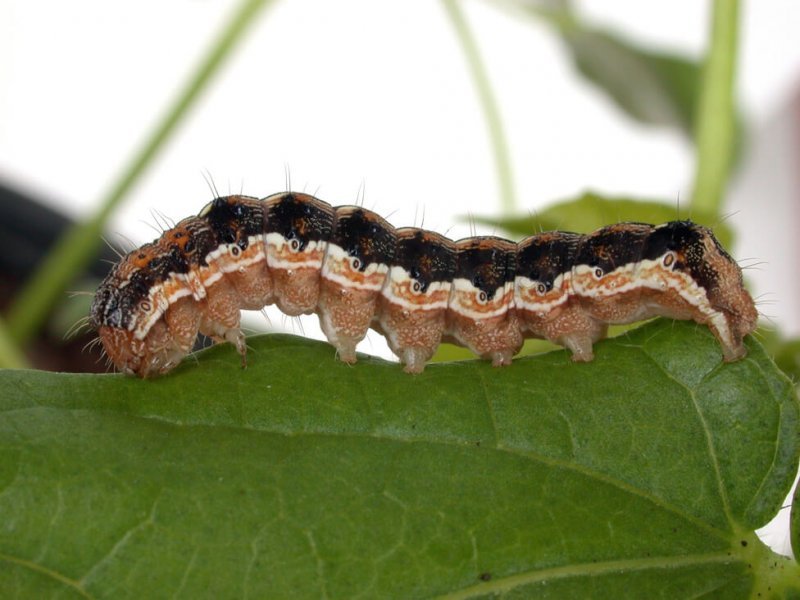Published on January 15, 2021 | Joan Conrow, Cornell Alliance for Science | Genetic Literacy Project
Scientists have discovered how to genetically modify the camelina plant to produce pheromone precursors that can control agricultural insect pests without the use of pesticides.
Pheromones and other semiochemicals are among the next generation of sustainable insect controls. They protect crops by repelling pest insects from plants, preventing them from mating or otherwise manipulating their behaviors. This approach protects the environment, while eliminating the problems of insecticide residues on food and insects developing resistance to pesticides.
Currently, insect sex pheromones are produced synthetically — a costly process that uses either petroleum or plant oils as feedstock to provide the hydrocarbon chains to build upon. Large volumes of solvents are also needed to create intermediary compounds, resulting in chemical waste byproducts. By starting instead with precursors in the GM seed oil, researchers are able to eliminate most of the solvent needs and about 80 percent of the chemical waste. Using the oil-rich camelina plant as a “biofactory” also significantly shortens the process and reduces the high cost of producing pheromones.
The revolutionary research is being done by ISCA, Inc., a “green” agricultural technology company based in Riverside, Calif., in collaboration with Lund University in Sweden.
“Pheromone controls are the future of crop protection, and ISCA’s breakthrough biological pheromone synthesis will propel agriculture into a more lucrative and sustainable enterprise,” said ISCA CEO Agenor Mafra-Neto. “Efficacious pheromone controls are badly needed, especially now that global agriculture faces increasing pest resistance that renders conventional insecticides less effective and increasing pressure from governments and consumers demanding ever safer and greener food production.”

Researchers from Lund University, Swedish Agricultural University and SemioPlant (a startup created by the researchers) modified the genetic code of camelina (Camelina sativa) plants to include genes of insects and other organisms that guide the formation of the desired pheromones. The plants produce insect pheromone precursor compounds in their abundant seed oil. Their work builds on the extensive research on moth pheromone biosynthesis that initiated in the research group of Prof. Wendell Roelofs at Cornell’s New York State Agricultural Experiment Station (now known as Cornell AgriTech) in the early 1980s.
ISCA grew successive generations of the transgenic camelina plants and developed a prototype product with plant-derived pheromones to control the cotton bollworm moth (Helicoverpa armigera), a major world pest species that causes hundreds of millions of dollars annually in damage to cotton, corn, tomato, chickpea and other crops.
Using camelina to create low-cost sources of insect pheromones is expected to boost mating disruption controls for several devastating moth species. In nature, the female moths release a species-specific sex pheromone to call males for mating. Applying the same pheromone in the field creates thousands of scent trails that lead nowhere, preventing males from finding mates. Since the females lay sterile eggs, the crops are protected from the damage that would otherwise occur when the caterpillars hatch and begin eating.

